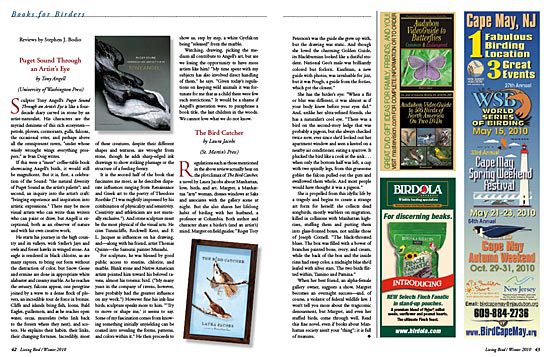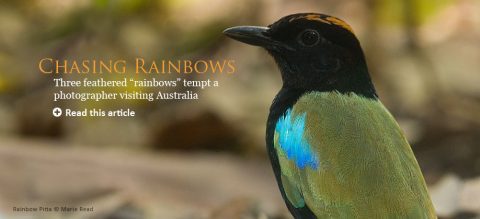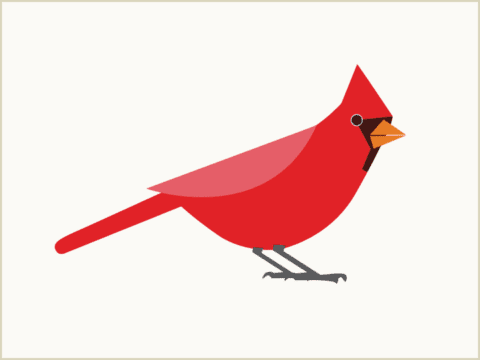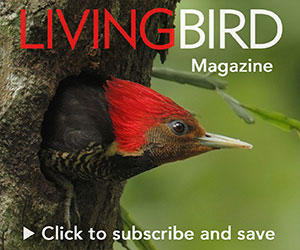Book Review: The Bird Catcher, by Laura Jacobs
reviewed by Stephen J. Bodio
January 15, 2010
Regulations such as those mentioned in the above review actually bear on the plot climax of The Bird Catcher, a novel by Laura Jacobs about Manhattan, love, birds, and art. Margret, a Manhattan “arts” woman, dresses windows at Saks and associates with the gallery scene at night. But she also shares her lifelong habit of birding with her husband, a professor at Columbia. Both author and character share a birder’s (and an artist’s) mind. Margret on field guides: “Roger Tory Peterson’s was the guide she grew up with, but the drawing was static. And though she loved the charming Golden Guide, its Blackburnian looked like a dutiful student. National Geo’s male was brilliantly colored but forlorn. Kaufman, a new guide with photos, was invaluable for jizz, but it was Pough, a guide from the forties, which got the closest.”
She has the birder’s eye: “When a flit or blur was different, it was almost as if your body knew before your eyes did.” And, unlike her ultra-refined friends, she has a naturalist’s cool eye. “There was a bird on the second-story ledge that was probably a pigeon, but she always checked twice now, ever since she’d looked out her apartment window and seen a kestrel on a nearby air conditioner, eating a sparrow. It plucked the bird like a cook at the sink . . . when only the bottom half was left, a cup with two spindly legs, from this gruesome goblet the falcon pulled out the guts and swallowed them whole. And most people would have thought it was a pigeon.”
She is propelled from this idyllic life by a tragedy and begins to create a strange art form for herself: she collects dead songbirds, mostly warblers on migration, killed in collisions with Manhattan highrises, stuffing them and putting them into glass-fronted boxes, not unlike those of Joseph Cornell. “The black-throated blues. The box was filled with a bower of branches painted bone, ivory, and cream, while the back of the box and the inside rims had steep color, a midnight blue she’d leafed with silver stars. The two birds flitted within, Tamino and Pamina.”
When her best friend, an alpha-female gallery owner, suggests a show, Margret becomes an overnight success—and, of course, a violator of federal wildlife law. I won’t tell you more about the tragicomic denouement, but Margret, and even her stuffed birds, come through well. Read this fine novel, even if books about Manhattan society aren’t your “thing”; it is full of treasures.

All About Birds
is a free resource
Available for everyone,
funded by donors like you
American Kestrel by Blair Dudeck / Macaulay Library



